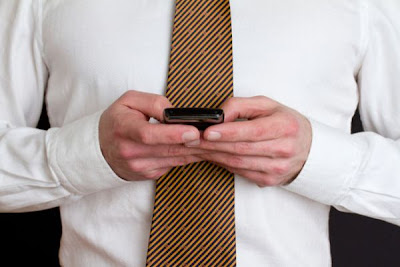Part II of this article will be coming next week -- stay tuned!
The rise of smartphones hasn't been kind to makers of devices such as digital cameras, digital music players and portable GPS devices. Handsets with a rich selection of apps have been increasingly cannibalizing sales of these products, leaving few ways for these once hot holiday gift items to compete. In some cases, though, they have enabled functionality that was once envisioned for standalone products that either failed in the market or never went much beyond a niche audience. Here are five examples of failed devices that never made much headway. The concepts behind them, though, ultimately found acceptance on smartphones.
Slacker Portable
Nowadays, the Slacker app, which uses touch screens to provide a better user interface than was possible on the dedicated players, can cache stations and download songs via a wide range of smartphones and tablets, the iPod touch, some Android-powered media players and the Sony Walkman X. However, it requires a monthly fee for its ad-free Plus tier to cache stations whereas ad-supported caching was free on the devices.
Sony eMarker
Popular apps such as Shazam and SoundHound can identify songs after sampling just a bit of them by tapping into a big music database in the cloud. But gadget-based song identification  was tried a decade ago by the flash drive-like Sony eMarker (and its backed competitor, the Xenote iTag) using a kludgy workaround to audio fingerprinting. If you heard a song playing on the radio and wanted to know what it was, you would press a button on the device. Later, you'd plug the device into a PC and it would take you to a Web site that listed what was playing at the time by using a service that tracked radio song airtimes.
was tried a decade ago by the flash drive-like Sony eMarker (and its backed competitor, the Xenote iTag) using a kludgy workaround to audio fingerprinting. If you heard a song playing on the radio and wanted to know what it was, you would press a button on the device. Later, you'd plug the device into a PC and it would take you to a Web site that listed what was playing at the time by using a service that tracked radio song airtimes.
The eMarker had a small LCD that indicated how many of the ten songs allowed at a time you had bookmarked. It was a strange limitation because the eMarker didn't sample the audio itself. It recorded only a date and time stamp when you heard something on a default FM radio station. If you did something crazy like change the radio station you were listening to, you'd have to tell the companion Web site the station you tuned to or the song would be incorrect. Sony killed the eMarker after about a year and offered refunds to those who had bought it, making it one of the biggest flops of the era for Sony outside of the much more imposing and expensive BeOS-based eVilla monochrome Internet appliance.
TrafficGauge
TrafficGauge found itself embroiled in controversy when it began charging a monthly fee to consumers who had already signed up for lifetime service due to the rising costs from paging network operators.The company was ultimately acquired by RIM, where it joined the assets of Dash, an early cellular-enabled car navigation device that also made limited inroads.
Next week's Switched On will discuss the visions for two other dedicated devices that ultimately prevailed on smartphones and throw in a bonus marketplace failure from Microsoft that was ultimately realized on tablets. (Hint: it's not Courier.)


No comments:
Post a Comment